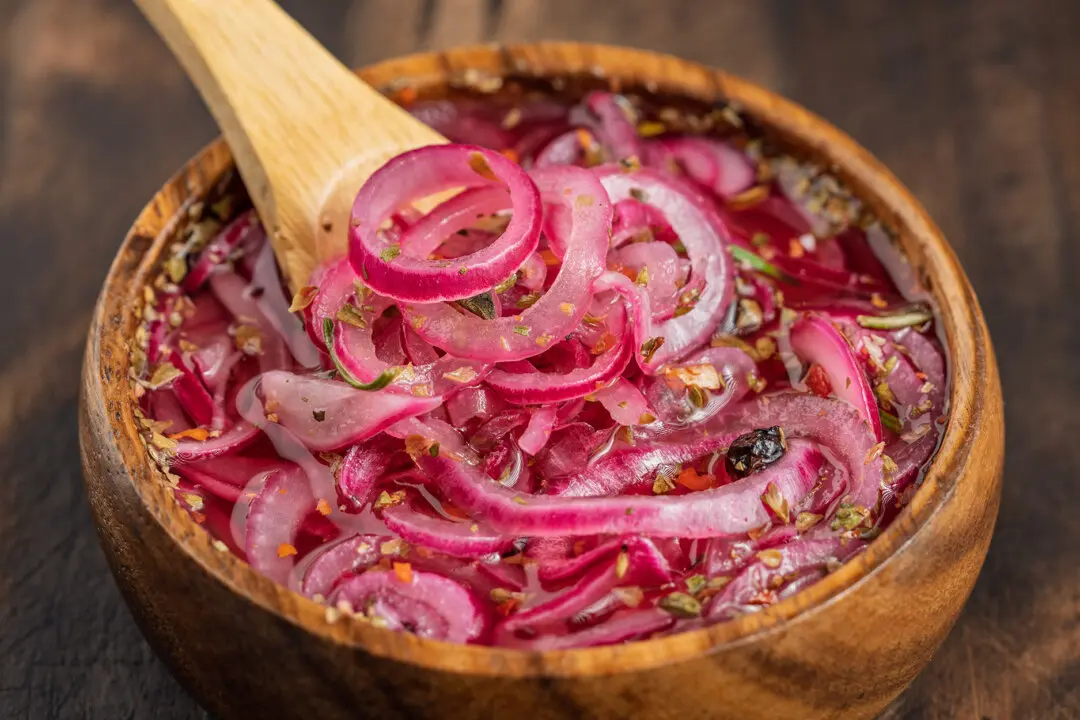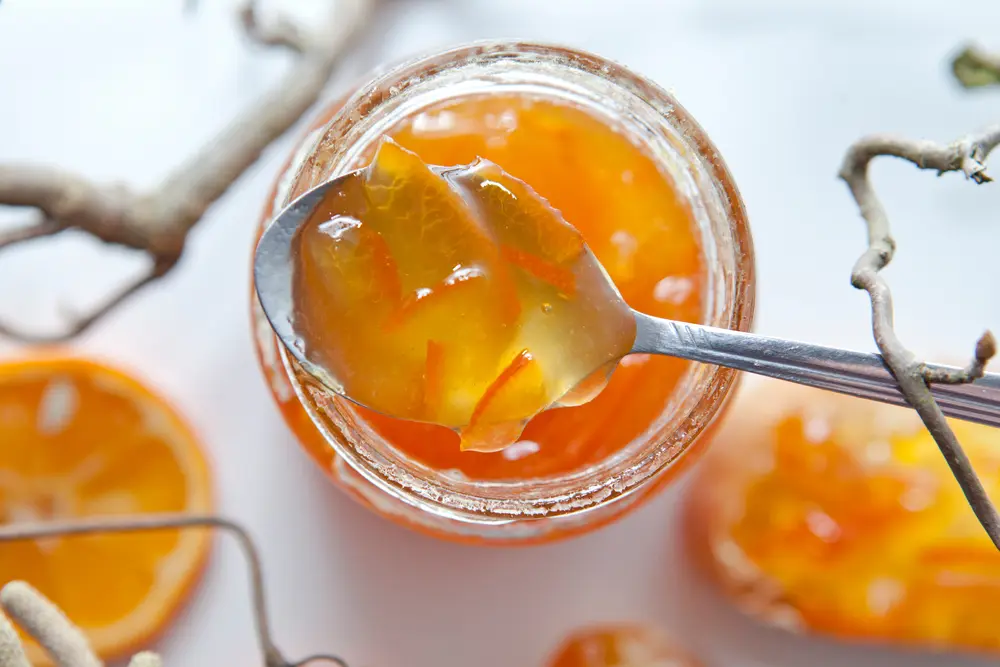If at any time you need a visual helping hand when fermenting the tomatoes in the following recipe, I’ve got you covered with a step-by-step video tutorial on my Mary’s Nest YouTube Channel.
Fermented Cherry Tomatoes and Basil
Prep Time: 10 minutes Fermentation Time: 14 days Total Time: 14 days, 10 minutesMakes 2 quarts
- 1 half-gallon jar or 2 quart-sized jars
- 2 pounds fresh cherry tomatoes
- 10 leaves fresh basil
- 2 tablespoons coarse sea salt (see Recipe Note)






